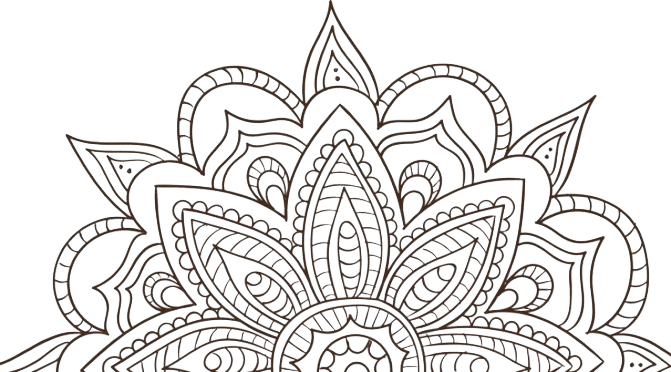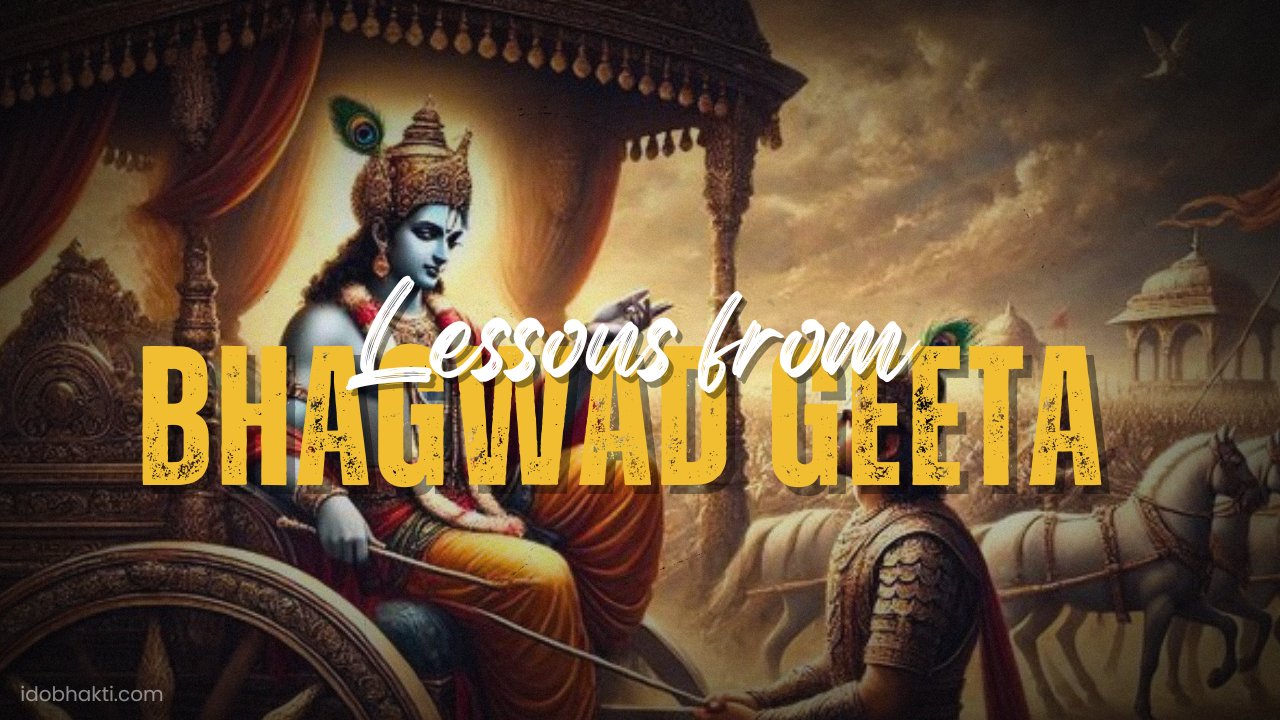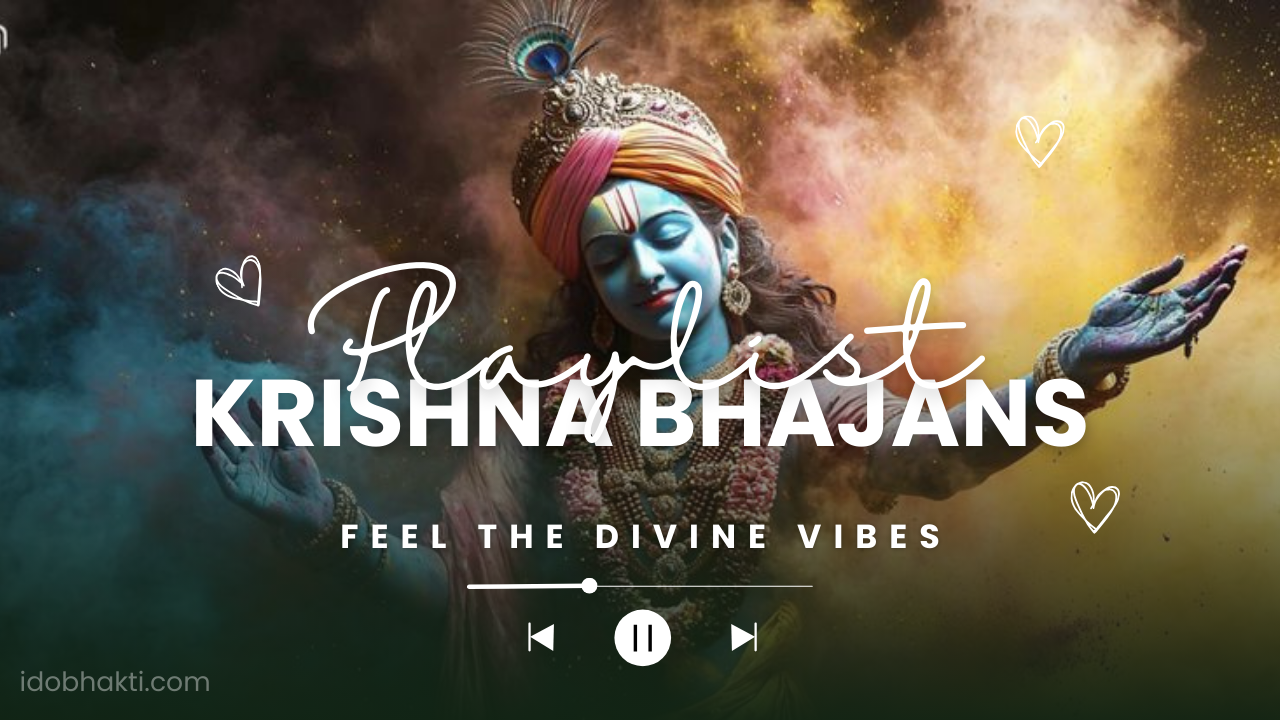


How to Celebrate Govardhan Puja: A Complete Guide
Govardhan Puja, celebrated the day after Diwali, honors Lord Krishna’s divine act of lifting Govardhan Hill. Learn about its history, rituals, significance, and modern ways to celebrate this eco-friendly and spiritually uplifting festival.

Govardhan Puja, also known as Annakut Puja, is one of the most significant festivals in the Hindu calendar, celebrated with devotion, enthusiasm, and grandeur. It occurs a day after Diwali, the festival of lights, usually in the month of Kartika (October–November). This festival commemorates the divine act of Lord Krishna lifting the Govardhan Hill to protect the villagers of Vrindavan from the wrath of Lord Indra. Celebrating Govardhan Puja is not just about rituals; it’s about understanding the message of nature worship, humility, and community spirit.
In this comprehensive guide, we explore the history, significance, preparations, rituals, and modern ways to celebrate Govardhan Puja.
Historical and Mythological Significance
The legend of Govardhan Puja is rooted in the epic stories of Lord Krishna’s life. As the story goes:
-
The Wrath of Indra: Once, the people of Vrindavan were preparing for the annual ritual to appease Lord Indra, the God of Rain. Krishna, as a young boy, suggested that they worship Govardhan Hill instead because it nourishes the land, cattle, and people.
-
Indra’s Fury: Angered by the villagers’ refusal, Lord Indra sent torrential rains to flood the village.
-
Krishna’s Protection: To save the villagers and their cattle, Krishna lifted the entire Govardhan Hill on his little finger and provided shelter for seven days.
-
The Lesson: Eventually, Indra realized his mistake and ceased the storm. This event symbolizes humility, devotion, and reverence for nature.
Govardhan Puja, therefore, is a celebration of Lord Krishna’s divine love, the importance of nature, and the value of devotion over ritualistic arrogance.
Date and Timing of Govardhan Puja 2025
Govardhan Puja is celebrated the day after Diwali. In 2025, Diwali falls on October 21, making Govardhan Puja fall on October 22, 2025.
-
Tithi (Lunar Day): Shukla Paksha Dwitiya (Second day of the bright fortnight of Kartika)
-
Auspicious Time (Muhurat): Early morning is considered the best time for puja.
It is believed that performing Govardhan Puja on the proper date brings prosperity, peace, and spiritual blessings.
Preparations for Govardhan Puja
Celebrating Govardhan Puja requires meticulous preparation. Traditionally, families and temples prepare days in advance to ensure a spiritually uplifting experience.
1. Cleaning and Decoration
-
Home Cleaning: Just like Diwali, homes are thoroughly cleaned and decorated to invite divine energy.
-
Rangoli: Beautiful patterns using colored powders or flowers are created at the entrance.
-
Lighting: Diyas (oil lamps) and candles are lit to enhance the auspicious atmosphere.
2. Preparing the Govardhan Hill
-
Making Annakut: The term “Annakut” means “mountain of food.” Devotees prepare a small hill using cow dung, which symbolizes Govardhan Hill.
-
Decorating with Food: A variety of vegetarian dishes, sweets, grains, and fruits are arranged in a pyramid shape on the hill. The more elaborate the Annakut, the greater the devotion expressed.
-
Floral Decoration: Flowers, leaves, and sometimes small figurines of cows and calves are used to adorn the hill.
3. Selecting the Menu
-
Govardhan Puja is synonymous with preparing simple, satvik (pure vegetarian) meals.
-
Popular dishes include kheer, puris, laddoos, rice preparations, curd, and seasonal fruits.
-
Traditionally, 56 varieties of food are offered to Lord Krishna, called Chappan Bhog.
How to Perform Govardhan Puja
Step 1: Sankalpa (Spiritual Intention)
The puja begins with a sankalpa, where devotees mentally express their intention to worship Lord Krishna and seek his blessings.
Step 2: Invoking Lord Krishna
-
The hill (made of cow dung or flour) is sanctified with holy water and turmeric.
-
Devotees chant Govardhan mantra or Krishna stotras to invite divine presence.
-
Common mantras include:
-
Om Govardhanadhyay Namah
-
Om Krishna Govindaya Namah
-
Step 3: Offering Annakut
-
Devotees arrange food offerings on the symbolic Govardhan Hill.
-
Each item is offered with love and devotion, often accompanied by prayers for the well-being of family and community.
Step 4: Performing Aarti
-
Aarti is performed to honor Lord Krishna and the symbolic Govardhan Hill.
-
Lamps are waved in circular motions while chanting bhajans and hymns.
Step 5: Distribution of Prasad
-
After the puja, the food (prasad) offered to Krishna is shared with family, friends, and the community.
-
This act symbolizes unity, sharing, and the belief that divine blessings multiply when shared.
Regional Celebrations
Govardhan Puja is celebrated differently across India, reflecting the diversity of traditions.
1. Vrindavan and Mathura
-
The celebrations here are grandest, with devotees preparing enormous Annakuts in temples.
-
Cultural programs, devotional songs, and dramatic enactments of Krishna lifting Govardhan are common.
2. Rajasthan and Gujarat
-
Communities form Govardhan replicas using cow dung or clay.
-
Folk dances, devotional music, and cow worship are integral parts of the celebration.
3. South India
-
Although Govardhan Puja is less prominent here, devotees still prepare Annakut at home temples and offer prayers to Lord Krishna.
Spiritual Significance
Celebrating Govardhan Puja goes beyond rituals. It carries profound spiritual lessons:
-
Respect for Nature: By worshipping Govardhan Hill, devotees acknowledge the importance of nature in sustaining life.
-
Humility and Devotion: Krishna’s act of lifting the hill teaches that devotion is more important than ritualistic pride.
-
Community Spirit: Sharing Annakut fosters community bonding and compassion.
-
Gratitude: The festival reminds people to be grateful for food, water, and resources provided by the earth.
Modern Ways to Celebrate Govardhan Puja
In today’s fast-paced world, Govardhan Puja can also be celebrated innovatively while retaining its traditional essence:
-
Eco-friendly Annakut: Use organic materials, biodegradable decorations, and avoid plastic.
-
Virtual Celebrations: Many ISKCON temples live-stream Govardhan Puja, allowing devotees worldwide to participate.
-
Community Annakut: Neighbourhood communities can organize collective offerings and distribute prasad to the underprivileged.
-
Educational Aspect: Teaching children the story of Krishna and the importance of nature and sharing enhances cultural continuity.
Tips for a Meaningful Celebration
-
Wake up early and begin the day with meditation and chanting.
-
Offer simple, homemade vegetarian dishes to keep the focus on devotion rather than grandeur.
-
Engage children in decorating the Govardhan Hill to inculcate spiritual values.
-
Avoid wasting food by preparing only what can be shared or consumed.
-
Recite or listen to Govardhan Leela stories to enhance the spiritual experience.
Conclusion
Govardhan Puja is more than a festive ritual—it is a reminder of the balance between humanity, devotion, and nature. By celebrating it thoughtfully, we honor Lord Krishna, strengthen family and community bonds, and cultivate gratitude for the abundance provided by the earth. Whether in Vrindavan, your local temple, or at home, observing this festival with devotion and eco-consciousness ensures that its spiritual essence is preserved for generations to come.
Celebrating Govardhan Puja encourages mindfulness, generosity, and love for all beings—making it a festival that transcends mere rituals to become a celebration of life itself.
Frequently Asked Questions

Chant. Meditate. Repeat: A Daily Guide to Krishna Consciousness

Lessons from the Bhagavad Gita That Will Change Your Life

How to Celebrate Ekadashi: A Beginner’s Devotee Guide

Top 10 Krishna Bhajans for Every Festival Playlist
